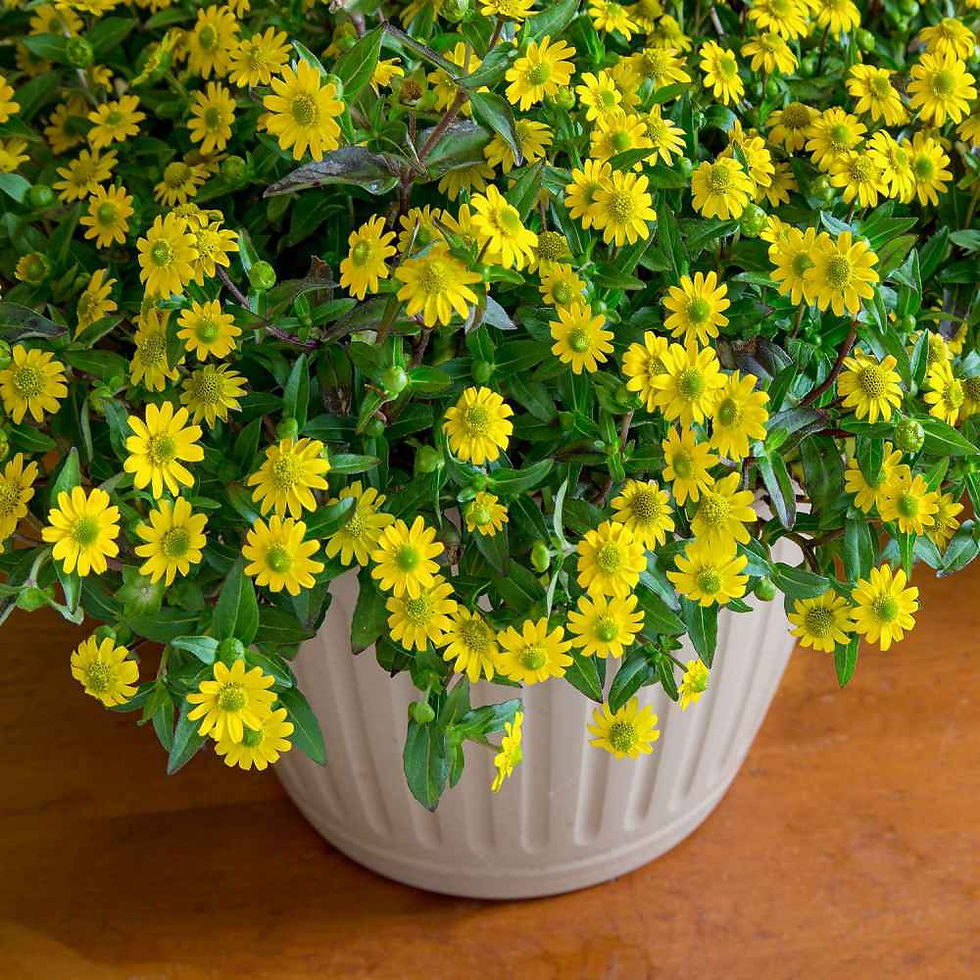Quantity: 1 gram = about 47 seeds.
85-110 days. Hale's Best Jumbo Cantaloupe Seeds. Cucumis melo. Non-GMO. Open Pollinated. Hales Best Jumbo Cantaloupe melons are large and ribbed with an oval shape. When they reach full maturity, they are up to 6 pounds in weight each. They have a heavily netted texture on their skin, and their flesh is bright orange and very sweet. They are a summer crop that thrives in full sun. Easy to grow at home, these melons will produce an excellent harvest sure to spice up a green salad or fruit salad.
NON-GMO 🌱
How to Grow Hale's Best Jumbo Cantaloupe from Seed
Melons are a full sun favorite able to be sown direct after the final frost date but, for earliest starts, begin indoors 4-6 weeks prior. Plant 2-3 seeds 1/2" deep per peat pot or every 9-12" in the garden in sandy, composted, and well-drained soil with a pH of 6.0-6.5. Seeds germinate in 4-10 days, transplanting or thinning best starts 36-60" apart.
Melons perform best when grown on 8-10" tall mounds to accommodate long trailing vines and can be easily trellised for tighter grow spaces. Thrives from regular watering during fruiting and slight drought when ripening.
Sow seeds when the threat of frost in your area has fully passed, as they thrive in warm weather. They also thrive in full sun, and reach their full growth potential in soil that is quite moist but also well-drained. Adding compost such as mulch to the soil can assist in their growth as well. Sow seeds with the pointed part of the seed directed down to promote root growth. They should each be sown in small individual hills half an inch deep, with at least four feel between plants.
Hale's Best Jumbo Cantaloupe in the Vegetable Garden
Melons come in a wide variety of shapes, sizes, and colors including the timeless cantaloupe, muskmelon, honeydew, and canary, but also feature unique heirlooms such as the casaba, galia, santa claus, and "winter" melon. Regardless of variety, melons are full sun performers that thrive with a little trellis support and plenty of space to spread. Melons may not be as productive as tomatoes or cucumbers, but nothing will ever beat the flavor of a homegrown summer melon.
Throughout the growing process, it is beneficial to trim off parts of the vine that are producing flowers or smaller melons. The plant can then direct its energy to producing the largest and juiciest melons possible. Water the vine often, making sure not to get the leaves wet which can cause disease for the plant.
Harvesting Hale's Best Jumbo Cantaloupe
Most varieties of melon can be harvested 80-100 days from sowing or when the fruit begins to show signs of ripening. Regardless of variety or color, all melons will emit a wildly sweet, fruity aroma and fall off the vine when ripe. Melons can also be snipped from the vine with about 1" of stem left attached to the fruit. Cantaloupe and muskmelon will turn evenly tan when ripe and honeydew should turn creamy yellow instead of green. Yellow canary and thicker skin melons may not fall off the vine or perfume when ripe.
When the melons are ready for harvest, they will be a golden shade and easily taken off of the vine. This will occur after around 85-120 days.
About Hale's Best Jumbo Cantaloupe Seeds
Hale's Best Jumbo Melon was discovered by ID Hale near Brawley, California in 1923. It was reportedly growing in a Japanese market gardener's field.
Hales Best Jumbo produces a thick, salmon-orange flesh that is sweet, juicy and has a creamy texture.
The seed cavity is small.
The fruit is very fragrant, oval shaped, heavily netted and can weigh up to 5lbs! Now that is a real jumbo melon.
Drought resistant. Resist powerdy mildew.
top of page
$1.99Price
Related Products
bottom of page




































